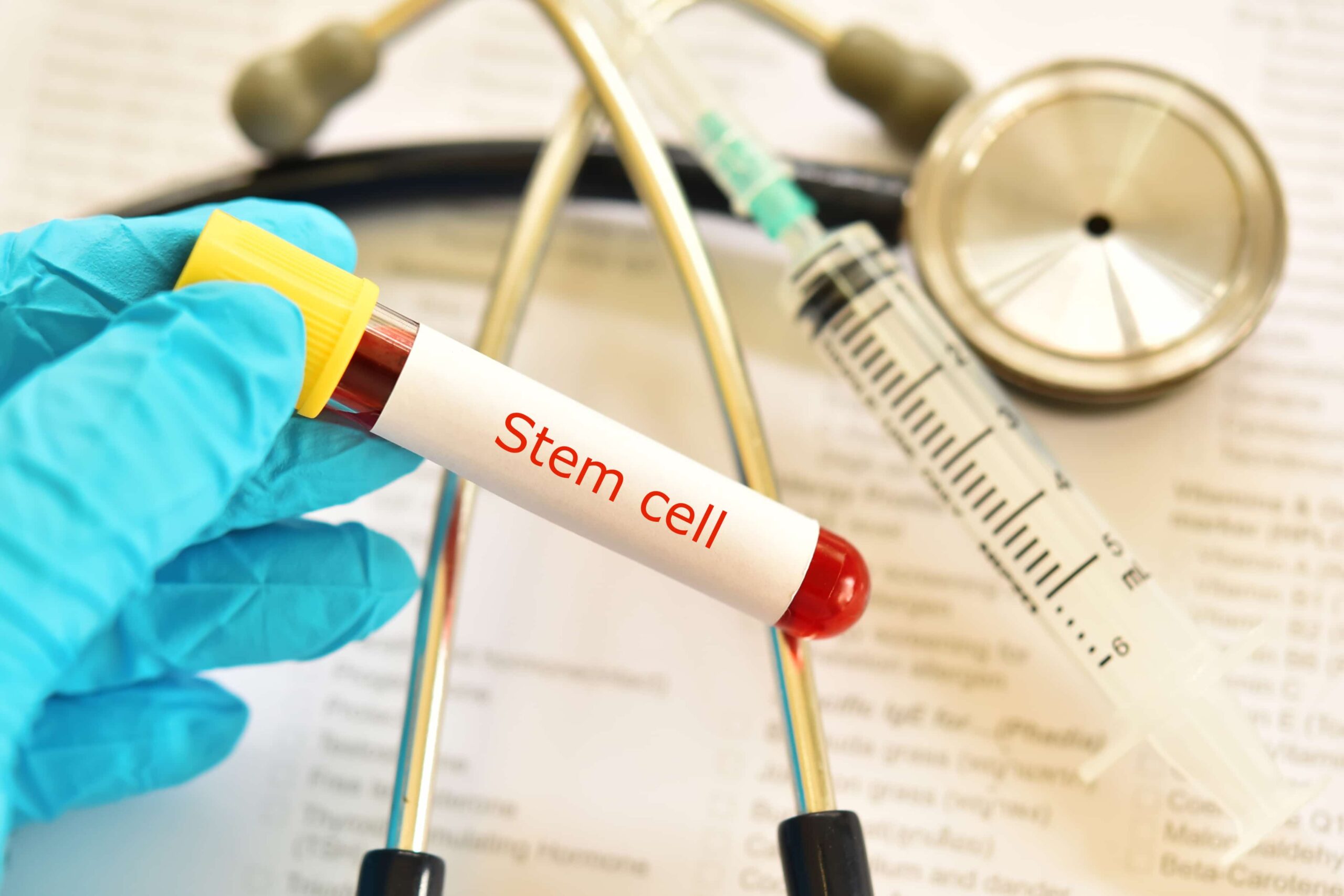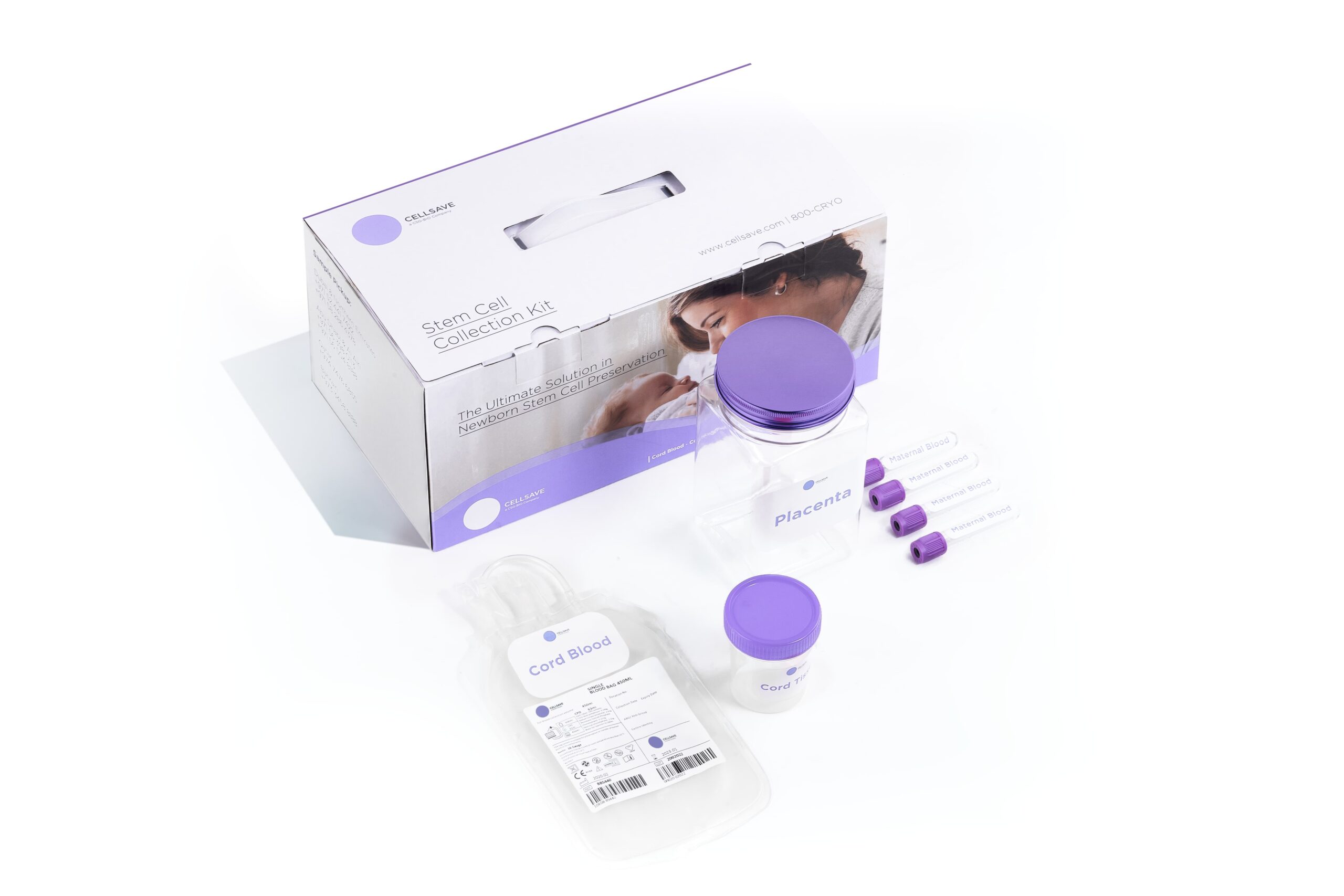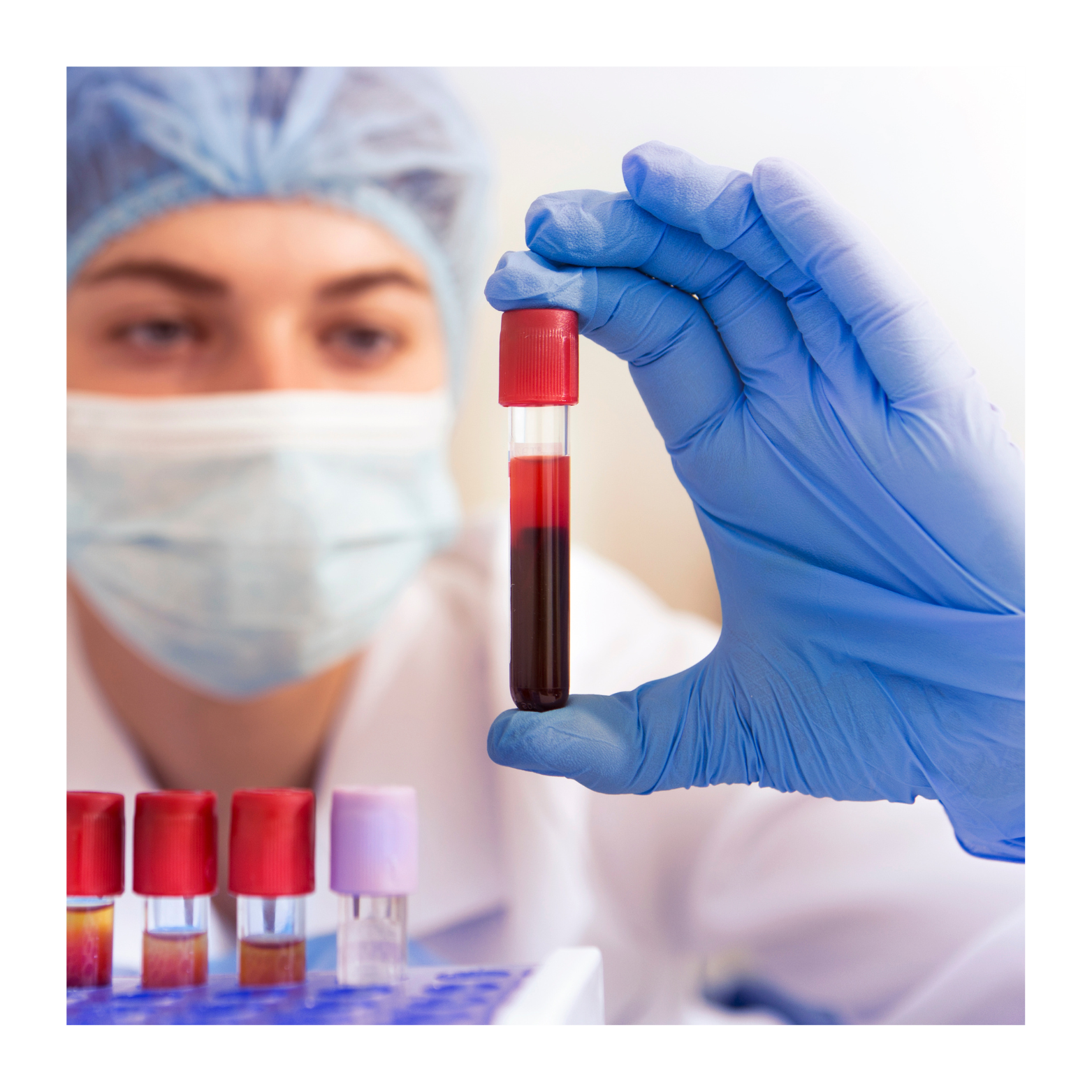As more families become aware of the potential medical benefits of stem cells, umbilical cord blood and placenta tissue storage have gained increasing attention. Both options allow parents to preserve valuable stem cells from their newborns at the time of birth, but each offers distinct advantages depending on your family’s health needs and future plans.
What Is Umbilical Cord Blood Storage?
Umbilical cord blood is rich in hematopoietic stem cells, which have the potential to treat various conditions, including blood disorders like leukemia, lymphoma, and sickle cell anemia. These stem cells can be extracted from the cord blood after childbirth and stored in specialized facilities for future use. If your child or a family member ever needs a stem cell transplant, having this resource available could be life-saving.
Umbilical cord blood storage is an easy and safe process. After the baby is born, the cord blood is collected without any risk to the mother or baby. Once stored, the blood can remain viable for many years, potentially offering a long-term medical solution for health related challenges in the future.
What Is Placental Tissue Storage?
Placental tissue storage involves collecting and storing stem cells from the placenta after birth. Unlike cord blood, placenta tissue contains mesenchymal stem cells, which have shown promise in regenerative medicine, including tissue repair, joint regeneration, and even potential treatments for neurological disorders. The stem cells in the placenta are believed to have a broader range of uses, making placenta tissue banking an appealing option for families considering long-term health care options.
Similar to cord blood, the collection of placenta tissue is done immediately after birth, and the procedure poses no risk to the mother or baby. The stem cells from the placenta are processed and preserved for future medical use.
Umbilical Cord Blood vs. Placental Tissue Storage: Which Is Right for You?
The decision between umbilical cord blood storage and placental tissue storage depends on your family’s health priorities. Both types of stem cells are valuable, but their applications vary. It’s important to consider your family’s health needs. Cord blood contains hematopoietic stem cells, which are primarily used to treat blood disorders, immune system diseases, and certain cancers. Placental tissue, rich in mesenchymal stem cells, offers broader regenerative potential, with emerging applications in treating neurological conditions, tissue repair, and autoimmune diseases. Storing both gives you the advantage of both proven treatments and cutting-edge regenerative options, providing comprehensive protection for your family’s health now and in the future.
Umbilical Cord Blood and Placenta Tissue Storage Cost in the UAE
You may be wondering about the umbilical cord blood storage cost and the stem cell storage price. The prices can vary based on the storage provider you choose and the services they offer. At CellSave Arabia, the pricing for stem cell storage is as follows:
- Umbilical Cord Blood Storage: 18,500 AED for initial collection, processing, and storage.
- Placental Tissue Storage: 21,500 AED for initial collection, processing, and storage.
These prices reflect the high-quality processing and long-term storage services provided by CellSave, ensuring that your baby’s stem cells remain viable for future use. The costs also cover the necessary medical equipment, collection kits, and lab processing involved in preserving the stem cells.
Final Thoughts: Making the Right Choice for Your Family
Choosing between umbilical cord blood storage and placental tissue storage is a highly personal decision that depends on your family’s health goals and future medical needs. Both types of stem cells have shown immense promise in treating a variety of conditions, and preserving them at birth offers your family a valuable medical resource.
Consider consulting with a healthcare provider or stem cell storage expert to understand the specific benefits and costs associated with both options. By weighing the potential benefits, costs, and long-term uses, you can make an informed decision that aligns with your family’s health priorities.
Whether you opt for umbilical cord blood or placental tissue storage, the peace of mind that comes with knowing your child’s stem cells are preserved for potential future use is priceless.







